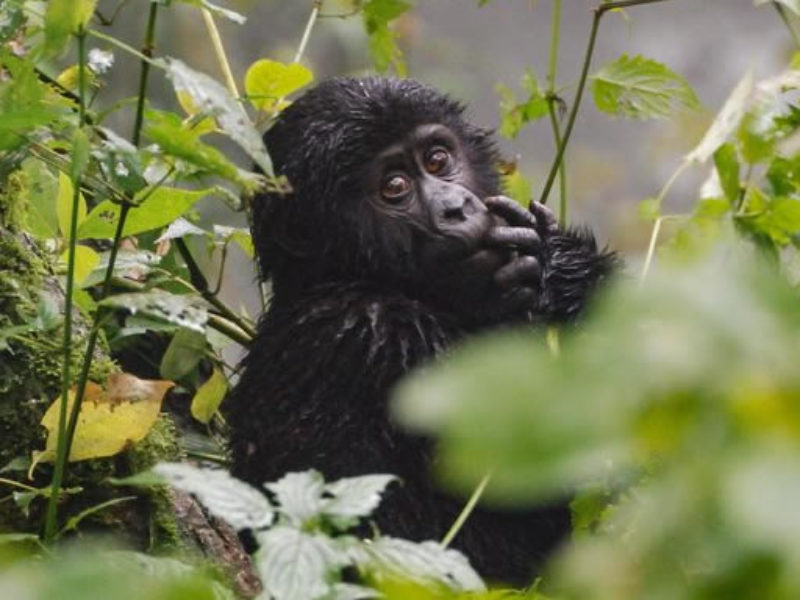Visiting Big Five Animals on a Africa Safari Holiday.
Africa is blessed with so many wildlife animals but has the exceptional BIG Five.
Travelling in Africa is such an extraordinary experience that should not be missed by every traveler around the world. For any exciting safari around Africa, everyone should transfer to spot the BIG five which are the wildlife animals that are very challenging and difficult to hunt on foot. This is not the only reason but also the extent of danger entailed other than the size. These include the Lions, Buffalo, Elephant, Leopards and Rhinos and are most prominent in countries like Uganda, Botswana, Zambia, Namibia, Ethiopia, South Africa, Kenya, Tanzania, Zimbabwe, the Democratic Republic of the Congo and Malawi.
At primate safaris Rwanda, a Big five safari can be combined to get the Gorilla & Wildlife Safari to visit the apes and the various National Parks in Uganda to Spot the big Five , or Tanzania on a 8 Days Rwanda Gorilla & Tanzania Safari adventure tour with the top Wildlife Safari Company.
Below is the list of Big five animals to be seen on the Gorilla & Wildlife Safari in Uganda.
Elephants; Also referred to as Loxodonta Africana, the elephant is a very big herbivore i.e feeds on leaves, shoots, roots with a thick almost hairless skin, an elongated stretchy prehensile trunk, upper incisors forming long curved tusks of ivory and large fan-shaped ears. There are two different species of the African elephant and these include the African forest elephant and African bush elephant. Despite their large size, elephants can hide with in tall grass and get more violent than other wildlife animals making hunting them very complex.
Rhinos; the Rhino is a thick skinned big herbivore (feeds on leaves, roots, shoots) found very prominent destinations in Africa. It has one/ two vertical horns on the nasal bridge which it uses for defense /protection from enemies. However, their populations are declining to extinction after massive killings for trade of their horns by humans/ poachers who sell them expensively on the black market. These include both black and white Rhinos and are very challenging to hunt due to their aggressive violence for it can penetrate its horn in the enemies body hence leading to their deaths.
Buffaloes; the African or Cape buffalo is a large horned ruminant known to be the most difficult wildlife animal to hunt. They are short sighted animals that sense smell more and wallow their bodies in mud which protects their skins/ bodies from direct sun rays. They feed in the evenings or late evenings since at this time the sun is less stingy/ hot. Records show that many hunters have lost their lives trying to hunt them just like the crocodiles and hippos. This makes them the most dangerous among the big five.
Lions; the lion also known as Panthera leo is a large carnivorous sly of Africa and northwest India with a petite short orangey coat, a dump tail, a heavy mane around the neck and shoulders in males. These are one of the most difficult to hunt due to the fact that they stay in challenging habitats which include thick Savannah which includes tall grasses, shrubs, bushes that provide the best hideouts to camouflage hence sometimes hunting the hunters even without provocation.
Leopards; the leopard is one of the most difficult of the big five to hunt due to the cat’s unique nocturnal and secretive nature of embracing their habitat. They are fond of inhabiting the thick Savannah grasslands, shrubs for camouflaging from any danger. They hunt at sunrise and sunset and are cautious around humans hence escaping when faced with danger. The leopard is introverted by nature i.e is always isolated into the bushes and grasslands.

